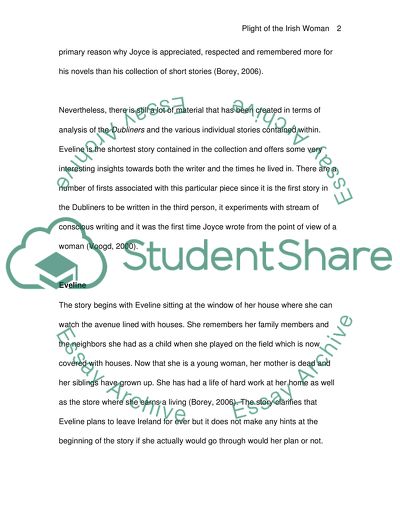Cite this document
(“Plight of the Irish Woman Essay Example | Topics and Well Written Essays - 2500 words”, n.d.)
Retrieved from https://studentshare.org/miscellaneous/1537210-plight-of-the-irish-woman
Retrieved from https://studentshare.org/miscellaneous/1537210-plight-of-the-irish-woman
(Plight of the Irish Woman Essay Example | Topics and Well Written Essays - 2500 Words)
https://studentshare.org/miscellaneous/1537210-plight-of-the-irish-woman.
https://studentshare.org/miscellaneous/1537210-plight-of-the-irish-woman.
“Plight of the Irish Woman Essay Example | Topics and Well Written Essays - 2500 Words”, n.d. https://studentshare.org/miscellaneous/1537210-plight-of-the-irish-woman.


